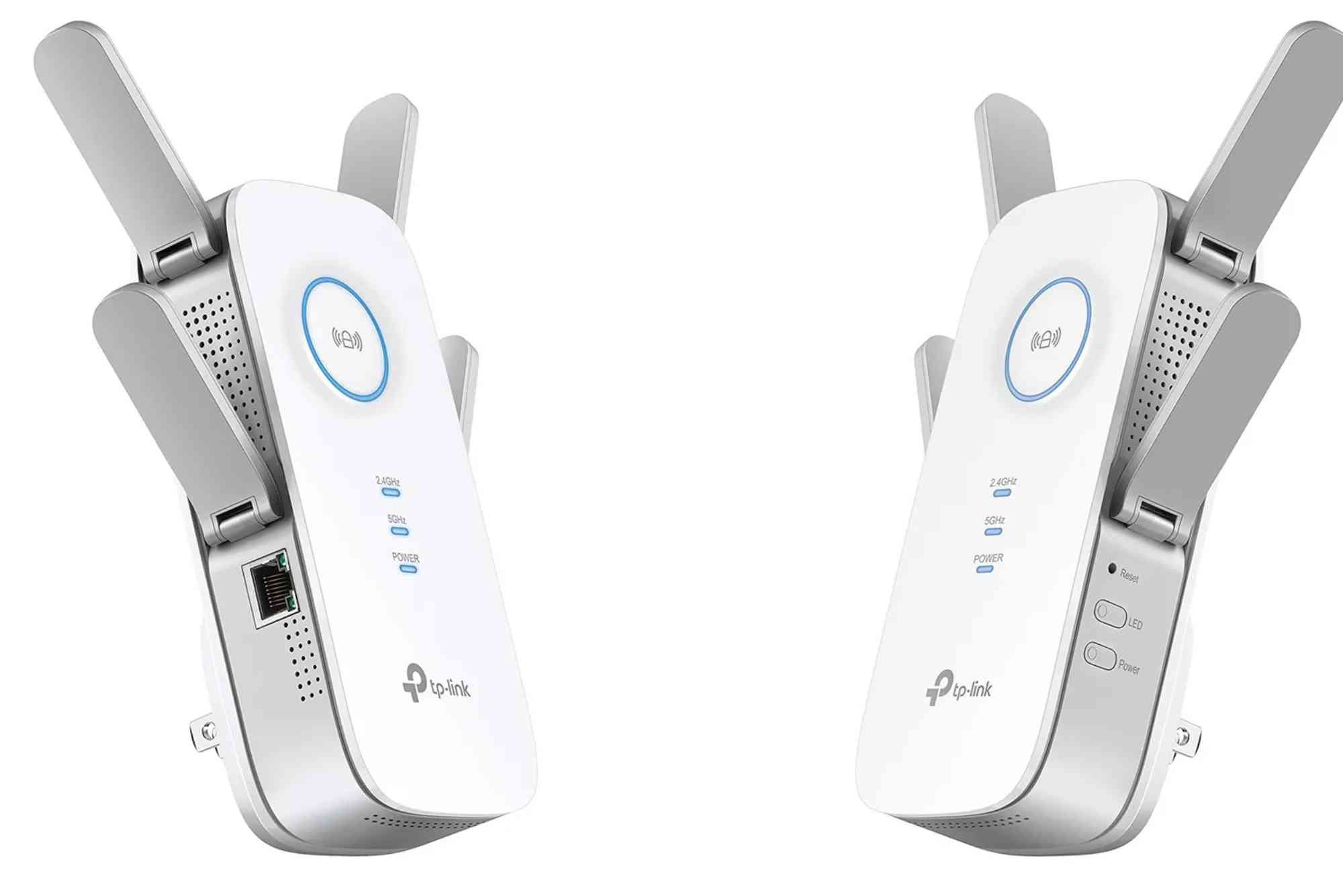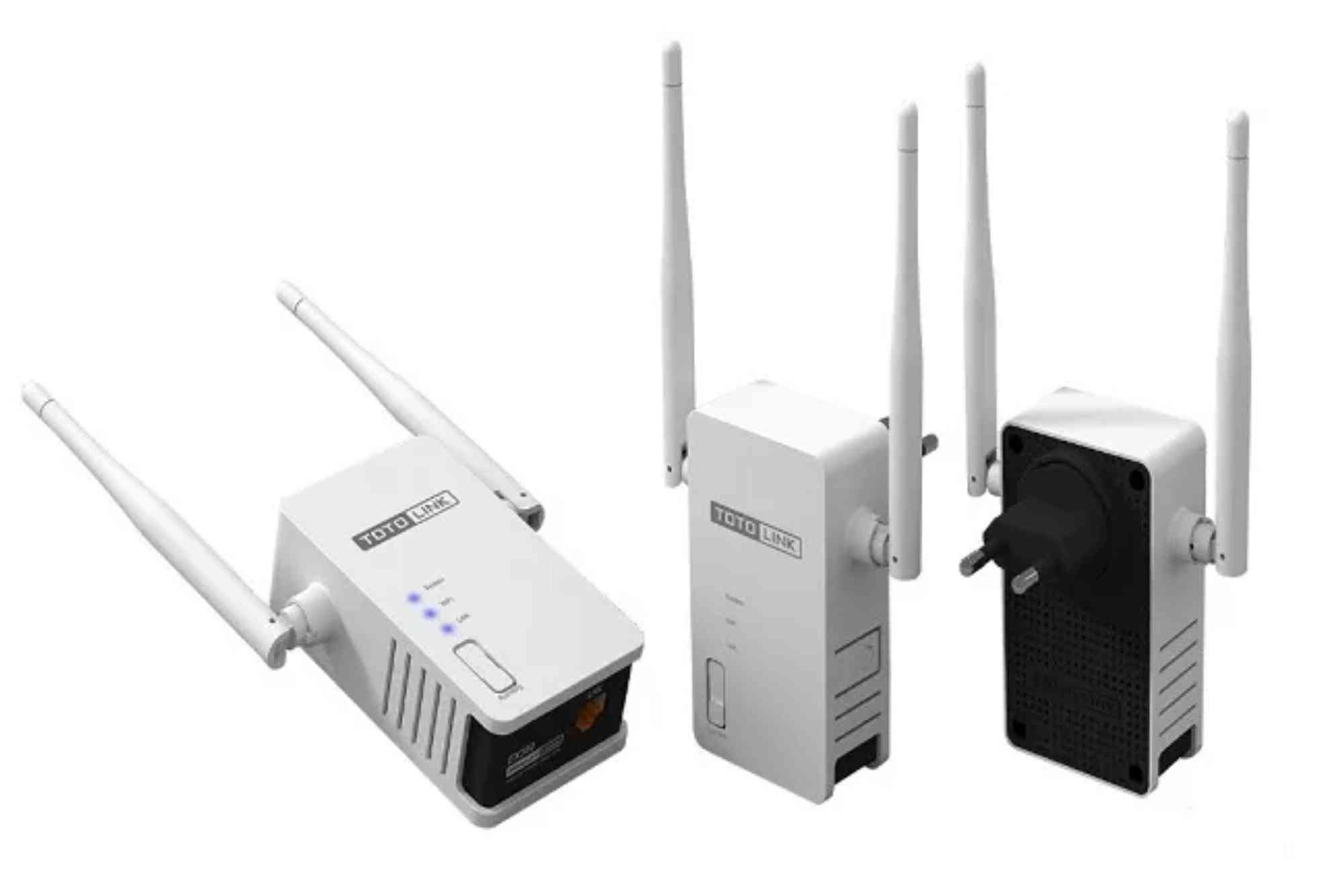Introduction
A weak Wi-Fi signal can quickly become frustrating when you’re streaming movies, working from home, or joining virtual classes. Slow internet speeds, dead zones, and dropped connections usually point to poor router coverage. The good news is that you don’t always need to buy a new router. Instead, upgrading to the best router antennas can make a huge difference. The right antenna enhances range, stability, and speed, giving you reliable internet across your entire home.
In this guide, we’ll explore the best router antennas to boost your Wi-Fi signal at home, how they work, and what factors you should consider before upgrading.
Why Router Antennas Matter
Router antennas act like megaphones for your Wi-Fi signal. A standard router may only reach part of your house, especially if you live in a large home or have thick walls. By upgrading your antennas, you can extend the reach and improve the strength of your network.
Antennas affect both coverage and performance. A high-gain antenna can push signals farther in one direction, while an omnidirectional antenna spreads the signal evenly in all directions. Understanding these basics helps you choose the best router antennas for your needs.
Types of Router Antennas
Omnidirectional Antennas
Omnidirectional antennas send Wi-Fi signals in all directions. They are ideal for small to medium homes where coverage needs to be evenly distributed. If your router is centrally located, an omnidirectional antenna works best.
Directional Antennas
Directional antennas focus the signal in one specific direction. They are perfect for targeting dead zones, large rooms, or detached areas like a garage or backyard office. They typically offer higher range than omnidirectional antennas.
High-Gain Antennas
High-gain antennas, measured in dBi, boost the power of your Wi-Fi signal. The higher the dBi, the further your signal travels. For large homes or multi-story houses, high-gain antennas are a smart choice.
Best Router Antennas for Better Wi-Fi
Choosing the best router antennas depends on your home layout, router compatibility, and internet needs. Below are some top options widely recommended by networking experts:
TP-Link TL-ANT2408CL
This popular omnidirectional antenna provides an 8dBi gain, making it great for extending Wi-Fi coverage throughout a home. It’s easy to install and works with most routers.
Alfa APA-M25
A dual-band directional antenna, the Alfa APA-M25 excels at focusing signals in targeted areas. If you want to boost connectivity in specific rooms or outdoor spaces, this is a strong option.
Netgear ANT2409
Known for reliability, Netgear’s directional antenna provides 9dBi of gain. It’s excellent for eliminating dead zones and strengthening Wi-Fi connections in large homes.
High-Gain Wi-Fi Antenna Kits
Some kits, like those from Hawking Technology, include multiple antennas for maximum coverage. They are designed for users who want professional-grade upgrades for their home network.
Factors to Consider Before Buying a Router Antenna
Compatibility
Not all antennas work with every router. Always check your router’s specifications before purchasing. Look for removable antenna ports, usually SMA or RP-SMA connectors.
Gain Level
Balance is important. While higher gain boosts range, it can sometimes reduce coverage in nearby areas. Choose the right gain level based on your home size.
Placement
Antenna placement is critical. For omnidirectional antennas, place the router in the center of your home. For directional ones, point them toward weak signal areas.
Dual-Band vs Single-Band
If you use both 2.4GHz and 5GHz frequencies, choose dual-band antennas for the best performance. Single-band antennas may limit your connection.
How to Install Router Antennas
Upgrading your router antenna is usually simple. Most routers allow you to unscrew the default antenna and replace it with a new one. Once installed, adjust the antenna direction for optimal performance. If using multiple antennas, position them at different angles (e.g., one vertical, one horizontal) for better coverage.
For outdoor or long-range antennas, consider using extension cables or mounting kits. This ensures maximum signal spread without moving your router.
FAQs About Router Antennas
Can router antennas really improve Wi-Fi?
Yes, upgrading to high-gain or directional antennas can extend range and strengthen weak signals.
Which is better: directional or omnidirectional antennas?
It depends on your needs. Omnidirectional works best for general coverage, while directional is better for targeting specific dead zones.
Do I need a new router to upgrade antennas?
Not always. If your current router has detachable antennas, you can simply replace them.
Will a high-gain antenna increase internet speed?
While antennas improve signal strength and stability, your internet speed still depends on your ISP plan.
Are router antennas expensive?
Most quality antennas range between $15 and $60, making them an affordable way to improve Wi-Fi performance.
Boosting your Wi-Fi signal at home doesn’t always require an expensive new router. Upgrading to the best router antennas can dramatically improve coverage, reduce dead zones, and create a smoother online experience. Whether you choose an omnidirectional, directional, or high-gain antenna, the right upgrade ensures your Wi-Fi keeps up with your digital lifestyle.
If you’re serious about improving your home internet, now is the time to invest in a quality antenna. For more guidance on reliable internet solutions, explore Dhanote Internet Services and discover how professional-grade networking can transform your online experience.








